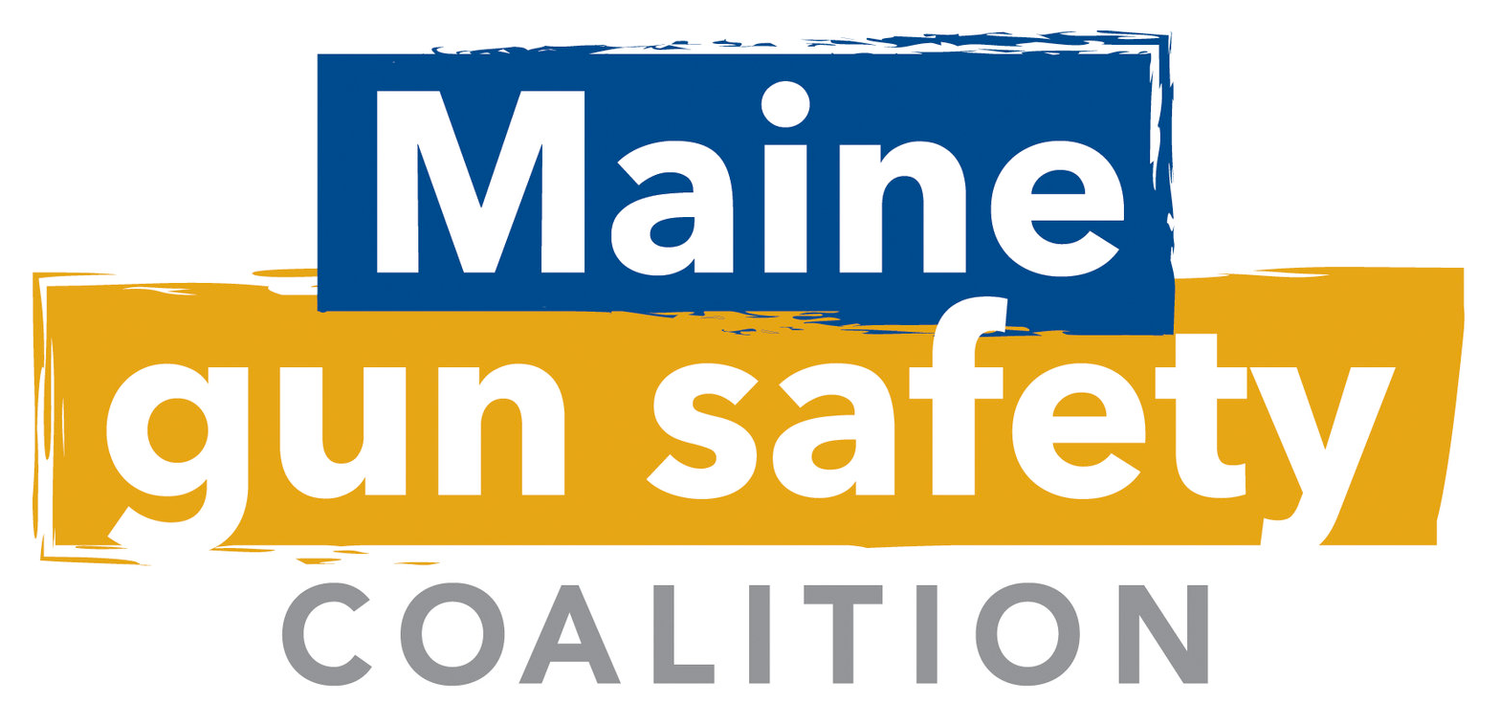Ghost Guns/3D Guns
Solution Needed
While the April 2022 change in ATF regulations to cover ghost guns upheld in Bondi v. VanDerStok will help, more needs to be done. The CEO of UnitedHealthcare was killed by a ghost gun in December 2024.
Maine Law must still require these types of firearms to be given a serial number. It is unknown whether the current administration will maintain or enforce these regulations. In addition, Congress should make these regulations law so that a subsequent presidential administration cannot undo them under the fiat executive powers afforded all presidents in their regulation and rule making capacity.
The regulations do not directly address existing "ghost guns” - those already in circulation that lack a serial number and were sold without a background check. Both Congress and Maine should ban the possession, manufacture, sale, and distribution of any of these pre-regulation ghost guns.
Finally, the threat of print-at-home or 3D-printed guns remains. These guns are made at home using computer codes easily accessible on the internet, and with 3D printers that can cost as little as a few hundred dollars. Both Congress and the Maine legislature should act at once to ban the manufacture, sale, possession and distribution of 3D printed guns.
A bill regulating ghost guns was introduced in the Maine legislature in 2021 but was defeated in committee. Scroll down for status of our current law and its consequences.
Explanation of the issue
A ghost gun is a gun made from readily available gun parts, typically purchased online, that can be put together by anyone to make a firearm. The term “ghost guns” derives from the fact that the key components of the make-at-home guns lack a serial number, making them untraceable by law enforcement in the event they are used in a crime. A background check is not required to purchase the gun parts and no gunsmith skills are required to put them together. Indeed, many ghost gun retailers, and online ghost gun enthusiasts, provide easy-to-follow instructions and information about where to obtain the few basic tools necessary to complete assembly of the gun.
3D printed guns are a type of ghost gun that can also be manufactured at home using a 3D printer. Any person with access to the internet can obtain the instructions and computer code required to make a fully functioning firearm in their basement. The codes, materials, and 3D printers have improved to such an extent over the last few years that anyone with even an entry level 3D printer can become a full-fledged gun manufacturer and distributor. These guns also lack serial numbers and are thus untraceable, and again, the maker can produce a gun at home without a background check. In addition, because they are made of plastic, 3D guns are undetectable by metal detectors and other security screening devices.
In April of 2022 the Biden Administration announced final rules regulating ghost guns which became effective on August 24, 2022. These changes to ATF definitions and regulations take the "ghost" out of ghost guns, and treat them for what they actually are: fully-functioning firearms. The new regulations require that the "receiver" part of a firearm sold online have a serial number and that sellers of "ghost gun" kits need to be federally licensed firearm dealers, required to run background checks on any potential buyers.
Consequences of the current law
Ghost guns are becoming the fastest growing gun safety problem encountered by law enforcement. Because making a firearm at home - either with a build-at-home ghost gun kit or by using a 3D printer - allows a person to build and possess a fully functioning firearm without a background check, they are becoming the preferred method of obtaining guns by gun traffickers, convicted felons, domestic abusers, and other prohibited persons who would otherwise be blocked from obtaining a gun through legal channels. Ghost guns are also showing up in school shootings because teens can manufacture these firearms themselves. Polling supports restricting ghost guns. Read what ghost guns mean for Maine.

